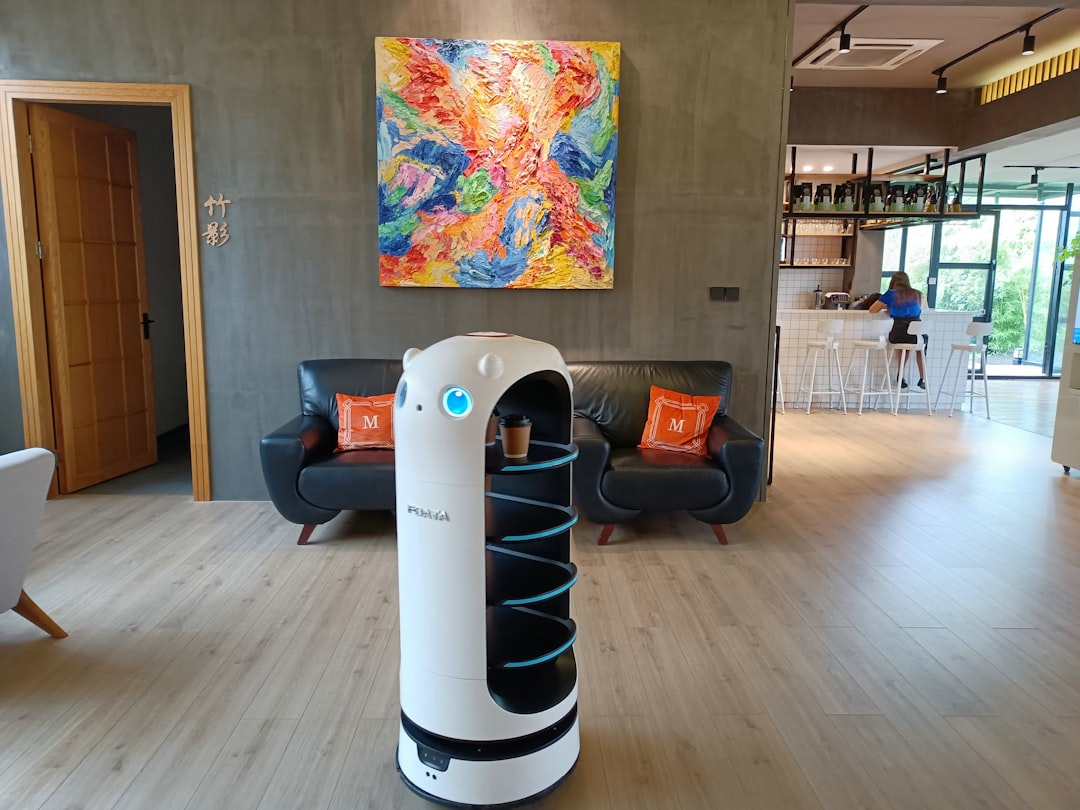Speech synthesis, sometimes referred to as text-to-speech (TTS), is a field of computer science and linguistics concerned with the generation of spoken language by a machine. Essentially, it allows a computer or other device to convert written text into spoken words. While once considered a novelty, modern speech synthesis plays a significant role in many aspects of everyday life, from virtual assistants to audiobooks, and accessibility tools for the visually impaired.
The Basics of Speech Synthesis
At its core, speech synthesis involves the process of transforming written language into spoken output. This is typically achieved through two primary components:
- Text Analysis: Also known as natural language processing (NLP), this step involves breaking down the written text into phonetic and linguistic elements. It identifies sentence structure, punctuation, abbreviations, and how a word should be pronounced.
- Speech Generation: This is the actual output phase where the processed linguistic data is used to generate human-like speech using one of several methods.
There are mainly three types of speech synthesis techniques:
- Concatenative Synthesis: Uses a large database of recorded speech segments. These segments are spliced together to form words and sentences.
- Formant Synthesis: Does not use pre-recorded sounds but instead simulates the human vocal tract. It’s very flexible but tends to sound robotic.
- Neural and Deep Learning Models: Technologies like WaveNet and Tacotron produce high-quality, natural-sounding speech using deep neural networks. They have largely replaced older methods in many commercial applications.

Applications of Speech Synthesis
Speech synthesis has a wide variety of applications, ranging from enhancing user interfaces to providing accessibility for individuals with disabilities. Here are some of the most prominent uses:
1. Virtual Assistants
Popular smart assistants such as Siri, Alexa, and Google Assistant rely on sophisticated text-to-speech systems to communicate with users. These systems not only use synthetic speech but adapt their tone and intonation based on the context of the conversation.
2. Accessibility Tools
One of the most important roles of speech synthesis is in assistive technologies. For individuals who are visually impaired or have reading disabilities such as dyslexia, TTS tools enable them to consume digital content audibly. Screen readers, used by millions worldwide, depend on TTS to convert written screen content into spoken word.
3. GPS Navigation and Automotive Systems
Speech synthesis is widely used in car navigation systems to provide real-time spoken directions, helping drivers keep their eyes on the road. Advanced systems can also read out traffic updates and weather forecasts.
4. Customer Service Automation
Many companies have implemented AI-driven customer service bots that use speech synthesis to interact with customers over the phone. These virtual agents can handle queries, book appointments, and even make product recommendations, all using synthesized voice.
5. Education and E-Learning
Language learning apps, digital tutorials, and e-books often include TTS functionality to enhance learning. This allows users to hear correct pronunciations and improve their language skills through interactive listening.
6. Media and Entertainment
Speech synthesis is increasingly being used in the creation of voiceovers for audiobooks, animations, and even in gaming. It provides a cost-effective way to generate multiple character voices without hiring voice actors for each one.

Advantages and Limitations
Like all technologies, speech synthesis comes with its own set of pros and cons. Understanding these can help choose the right applications and tools for various needs.
Advantages:
- Accessibility: Makes technology usable for those with visual impairments and learning disabilities.
- Resource Efficient: Less costly than human voice talent for repetitive and high-volume tasks.
- Multilingual Capabilities: Many systems support a wide array of languages and accents.
- Customizability: Voices can be tuned in terms of speed, pitch, and tone to suit different contexts.
Limitations:
- Emotional Range: Synthetic voices often lack the emotional nuance of a human speaker.
- Pronunciation Errors: Especially in cases of names or acronyms, speech synthesis engines may mispronounce words.
- Language Limitations: While major languages have strong support, less-spoken languages may have limited TTS capabilities.
Advancements and Future Trends
The field of speech synthesis is rapidly evolving. With the advent of AI and deep learning models, the generated voices are becoming nearly indistinguishable from human speech. Companies like Google, Amazon, and OpenAI are investing substantially in developing ultra-realistic voices that can convey emotion and personality.
Some future trends include:
- Voice Cloning: The ability to replicate a specific person’s voice with just a few audio samples.
- Emotional TTS: Systems that can express different emotions like joy, sadness, or urgency with appropriate intonation.
- Real-Time Translation: Combining real-time speech translation with TTS for instant multilingual communication.
As these advancements continue, ethical considerations around consent, privacy, and usage of cloned voices are also gaining importance. Regulatory frameworks may become necessary to govern how synthesized voices are used, especially in media and legal settings.
FAQs
-
What is the difference between speech synthesis and speech recognition?
Speech synthesis generates spoken output from text, while speech recognition converts spoken input into written text. -
Can I customize the voice in a TTS system?
Yes, many platforms allow adjustments to pitch, pace, and even offer different accents or gendered voices. -
Is speech synthesis available in multiple languages?
Most modern TTS engines support dozens — sometimes hundreds — of languages and dialects. -
Can it be used offline?
Some TTS applications offer offline functionality, though cloud-based services generally provide higher-quality output. -
Is AI the future of speech synthesis?
Absolutely. Neural networks and AI-driven algorithms are already revolutionizing the field, leading to more natural and emotionally expressive speech synthesis.
As technologies advance and become more accessible, speech synthesis is expected to expand its role in how humans interact with machines—making communication smoother, more inclusive, and more human-like than ever before.



